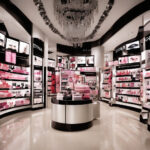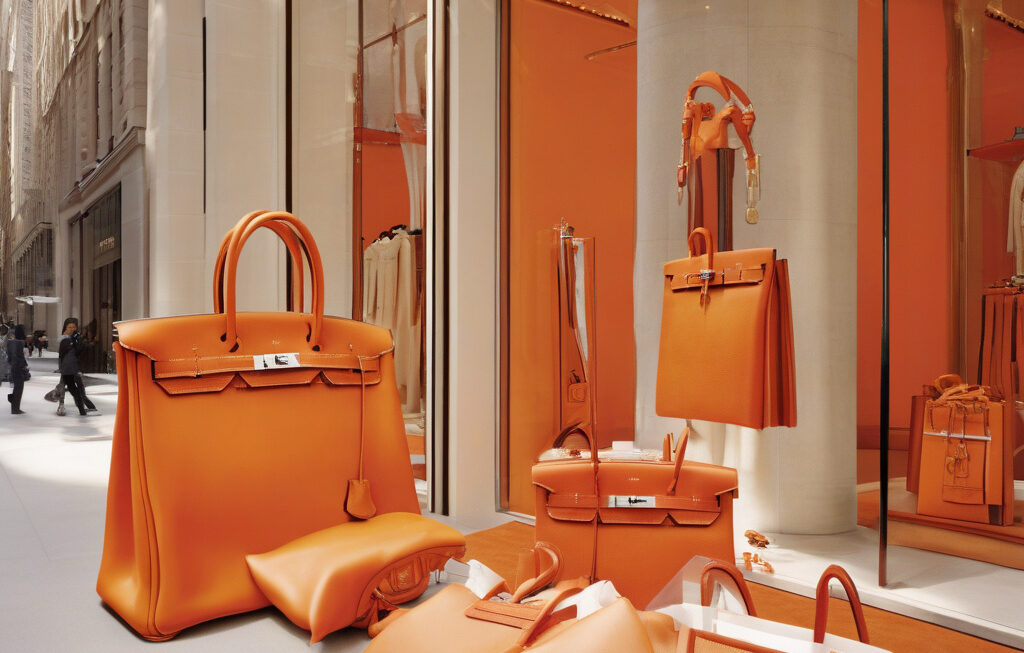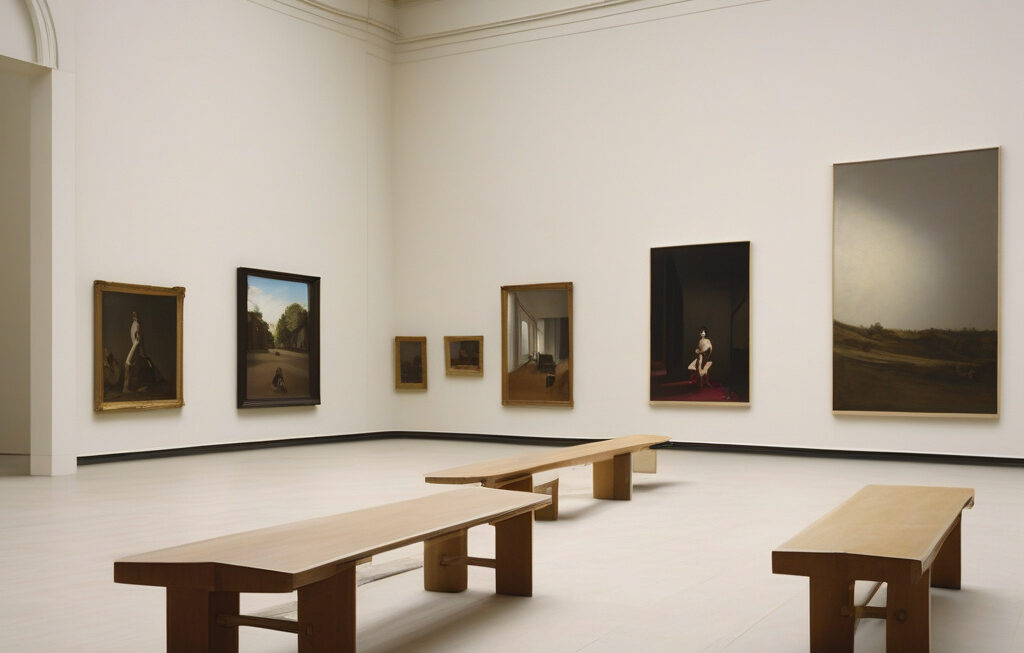Luxury Brands Tap into China’s Art Scene to Drive Growth
In recent years, renowned luxury brands such as Chanel, Prada, Hermès, Loewe, and Louis Vuitton have been strategically investing in China’s vibrant art scene. This trend is not merely a coincidence but a well-thought-out strategy to create a strong presence, generate marketing buzz, and ultimately expand their client base in one of the world’s fastest-growing consumer markets.
With China emerging as a powerhouse in the global luxury goods market, these prestigious brands are leveraging the country’s rich cultural heritage and growing appreciation for art to solidify their positions and drive growth. By collaborating with museums, artists, and art fairs across China, luxury brands are seamlessly blending fashion, art, and culture to captivate the Chinese audience and create unique brand experiences.
One of the main reasons behind this strategic shift is the need for luxury brands to differentiate themselves in a competitive market and connect with discerning Chinese consumers on a deeper level. By associating themselves with the art world, these brands can elevate their status, showcase their creativity, and appeal to the sophisticated tastes of Chinese luxury shoppers.
Furthermore, investing in China’s art scene allows luxury brands to tap into the country’s booming cultural economy and establish strong relationships with local artists and institutions. Through curated exhibitions, exclusive collaborations, and sponsorship of art events, brands like Chanel and Prada are not only showcasing their commitment to creativity but also fostering a sense of community and cultural exchange.
In addition to driving brand awareness and enhancing brand perception, these partnerships in the art world provide luxury brands with a platform to tell compelling stories, engage with consumers on an emotional level, and create memorable experiences that go beyond traditional marketing strategies. By immersing themselves in China’s art scene, brands can stay relevant, inspire loyalty, and stay ahead of evolving consumer preferences.
Moreover, as the luxury market faces challenges such as changing consumer behaviors, economic uncertainties, and the impact of digitalization, investing in the art world offers brands a way to stay resilient and adapt to the ever-changing landscape. By aligning themselves with China’s dynamic and culturally rich art scene, luxury brands can position themselves as innovators, trendsetters, and pillars of creativity in the eyes of Chinese consumers.
In conclusion, the decision of luxury brands to invest in China’s art scene is a strategic move that goes beyond mere marketing tactics. It is a testament to their commitment to innovation, cultural exchange, and long-term growth in one of the most lucrative markets in the world. By collaborating with museums, artists, and art fairs, brands like Chanel, Prada, Hermès, Loewe, and Louis Vuitton are not only expanding their reach but also enriching the cultural landscape of China and shaping the future of luxury retail in the region.
luxury, brands, China, art scene, growth












